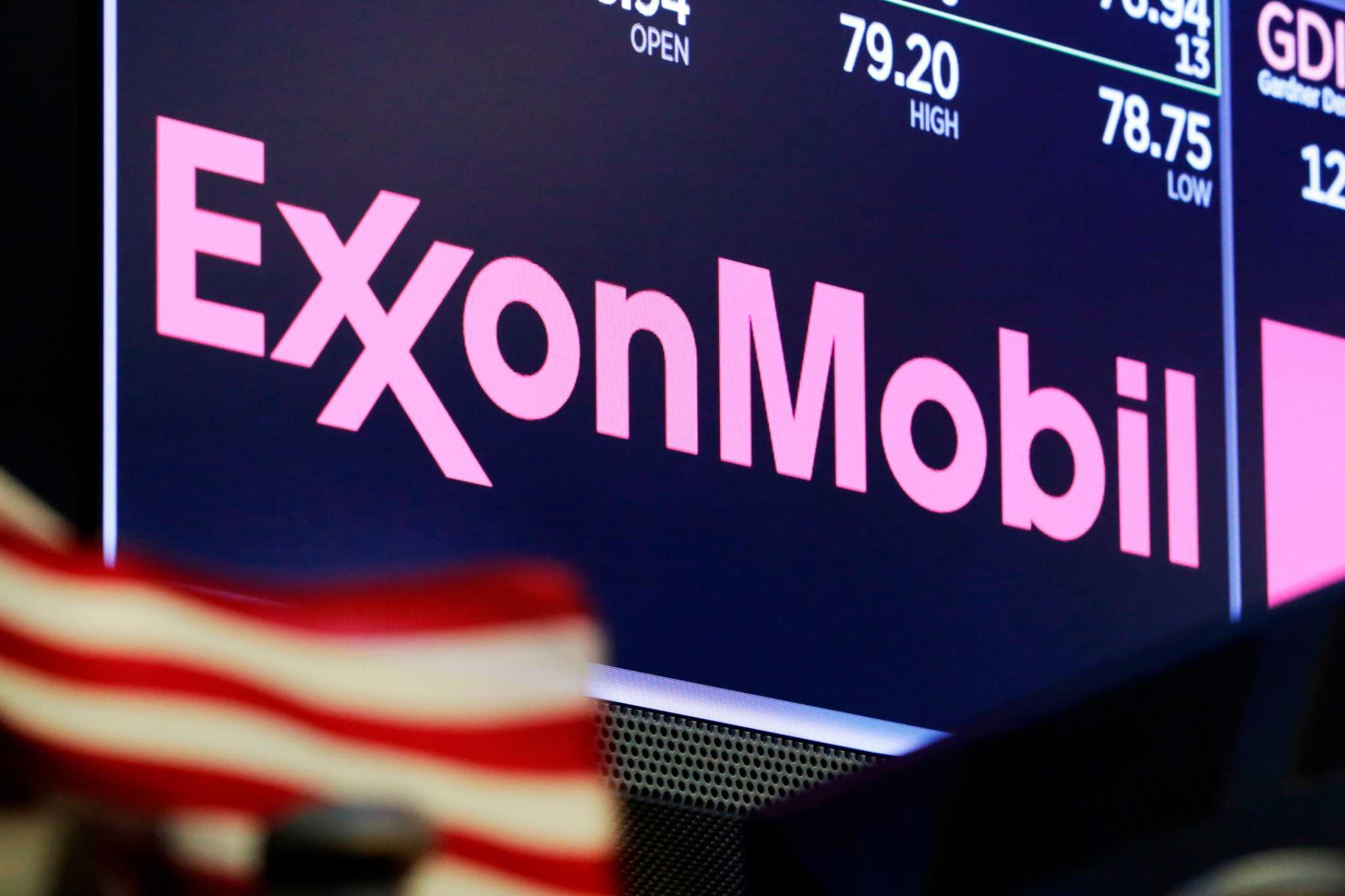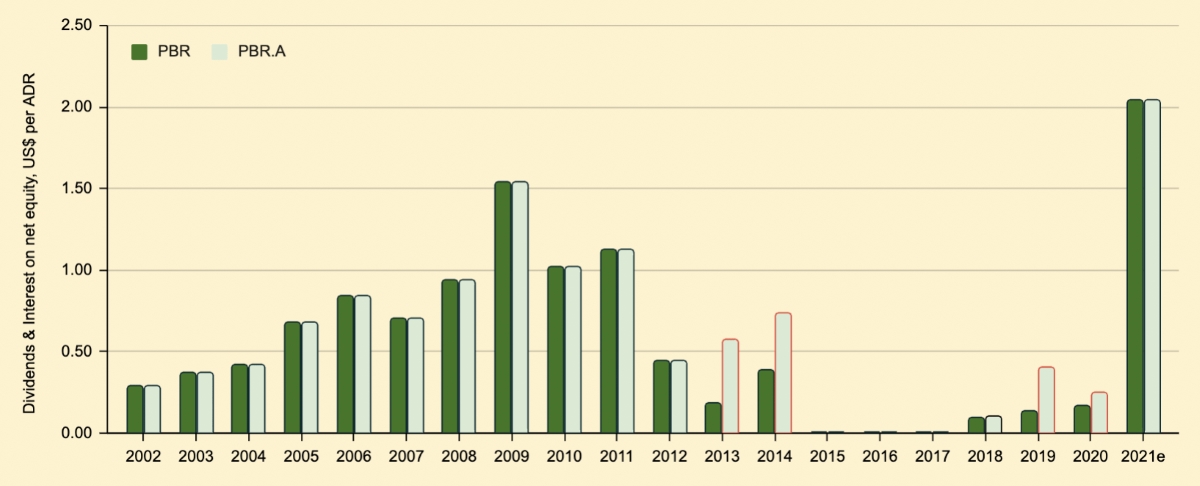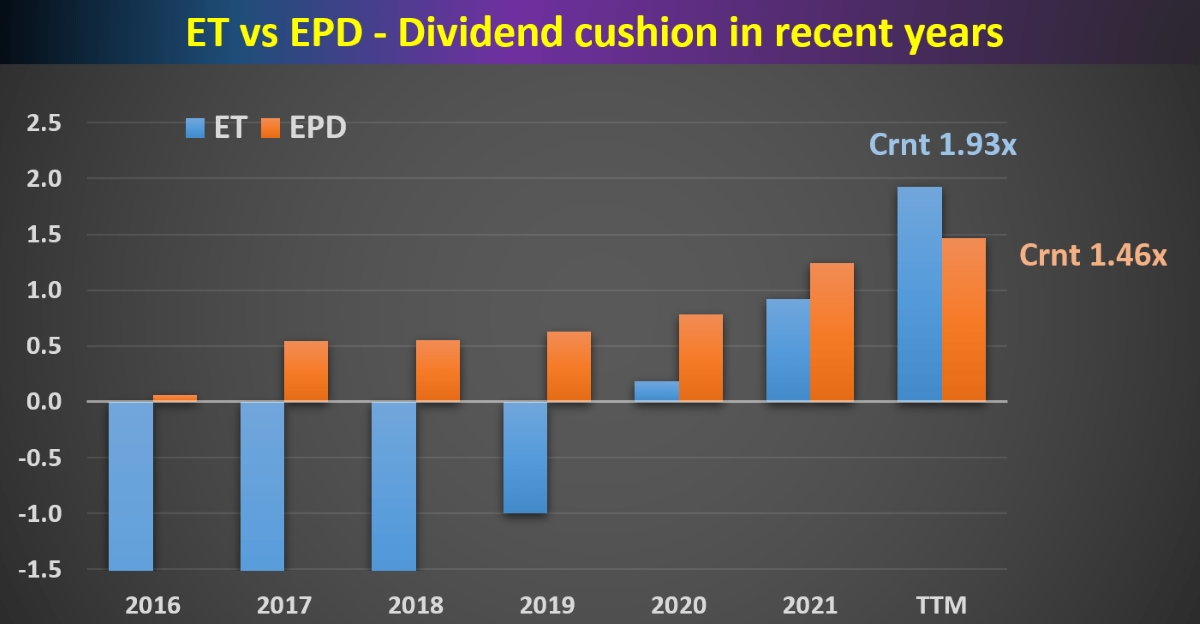

Finance
When Does Walgreens Pay Dividends
Published: January 3, 2024
Discover when Walgreens pays dividends and stay updated with their finance activities. Find out the payout schedule and keep track of your investments.
(Many of the links in this article redirect to a specific reviewed product. Your purchase of these products through affiliate links helps to generate commission for LiveWell, at no extra cost. Learn more)
Table of Contents
Introduction
Welcome to the world of dividends, where investors reap the fruits of their investments in the form of regular cash payments. Dividends are a crucial aspect of investment, providing a steady stream of income to shareholders. But when it comes to dividend-paying stocks, it’s essential to understand when and how these payments are made. In this article, we’ll explore the dividend landscape of Walgreens and uncover when this reputable company pays dividends.
Before we dive into the specifics of Walgreens dividend payments, let’s first understand what dividends are and why they matter. Dividends are a distribution of a company’s earnings to its shareholders, usually paid in the form of cash or additional shares of stock. They serve as a way for companies to reward shareholders for their investment and provide an incentive for continued ownership. Dividends can be particularly attractive to income-focused investors who rely on regular cash flow.
Now, let’s shed some light on Walgreens. Founded in 1901, Walgreens is one of the largest pharmacy chains in the United States. The company operates over 9,000 drugstores across all 50 states, offering a wide range of prescription medications, health and wellness products, photo services, and more. With its strong market presence and consistent revenue growth, Walgreens has become a popular choice for investors seeking stable returns.
When it comes to dividend payments, Walgreens has a long history of rewarding its shareholders. The company has a track record of consistently paying dividends for several decades, demonstrating its commitment to returning value to investors. The frequency and timing of Walgreens dividend payments can play a significant role in investors’ decisions, so let’s explore further.
Understanding Dividends
Before we delve into the specifics of Walgreens dividend payments, let’s take a moment to understand the basics of dividends. A dividend is a payment made by a corporation to its shareholders, typically in the form of cash or additional shares of stock. Dividends are usually paid out of a company’s profits as a way to distribute those profits to its owners, the shareholders.
Dividends provide several benefits to investors. Firstly, they can serve as a steady stream of income, particularly for those investors seeking regular cash flow. Dividends can be especially appealing for retirees or individuals looking to supplement their income. Secondly, dividends can be a representation of a company’s financial health and stability. Consistent and growing dividend payments are often seen as a sign of a well-managed and profitable company. Lastly, dividends can contribute to overall investment returns. Dividends received by shareholders can be reinvested back into the company by purchasing additional shares, potentially leading to capital appreciation.
There are different types of dividends that companies may offer. The most common types include:
- Cash Dividends: This is the most straightforward type of dividend, where companies distribute cash to shareholders.
- Stock Dividends: In this case, instead of receiving cash, shareholders receive additional shares of the company’s stock.
- Scrip Dividends: Also known as a “dividend reinvestment plan,” shareholders have the option to reinvest their dividends back into the company by purchasing additional shares.
- Special Dividends: These are one-time or irregular dividend payments that companies opt to distribute in addition to their regular dividend payments.
It’s important to note that not all companies pay dividends. Some businesses, especially growth-oriented companies, may choose to reinvest their profits back into the company to fuel expansion and future growth. Therefore, dividend payments are more common among mature and established companies that generate consistent profits.
As an investor, it’s essential to consider a company’s dividend policy and track record before investing. Factors such as dividend yield, payout ratio, and dividend growth rate can provide insights into a company’s commitment to returning value to shareholders. Now, let’s explore how dividends play into the world of Walgreens.
Overview of Walgreens
Walgreens is a prominent player in the pharmaceutical and retail industry, with a rich history dating back to its founding in 1901. The company has since grown to become one of the largest drugstore chains in the United States, operating over 9,000 stores across all 50 states.
Walgreens offers a wide range of products and services, catering to the healthcare and wellness needs of its customers. The company provides prescription medications, over-the-counter drugs, health and beauty products, personal care items, and even photo services. With its extensive reach and strong brand recognition, Walgreens has become a trusted destination for consumers seeking quality healthcare products.
Not only does Walgreens operate physical retail locations, but it has also embraced the digital era with its online platform. Customers can conveniently shop for their healthcare needs on the company’s website, offering a seamless omnichannel experience.
Walgreens has established strategic partnerships, expanding its footprint in the healthcare industry. For instance, it has partnered with healthcare providers and clinics to offer in-store medical services, including flu shots, health screenings, and consultations. This integration of healthcare services within its stores further solidifies Walgreens’ position as a comprehensive healthcare provider.
As a publicly traded company, Walgreens is listed on the Nasdaq Stock Exchange under the ticker symbol WBA. The company’s stock performance and financial health are closely monitored by investors looking for stable returns and long-term growth opportunities.
Walgreens has demonstrated resilience and adaptability in a rapidly evolving market. With its strong brand, widespread presence, and focus on customer satisfaction, Walgreens continues to be a significant player in the healthcare and retail sector.
Now that we have an overview of Walgreens, let’s delve into its dividend history and explore when the company pays dividends.
Dividend History of Walgreens
Walgreens has a long-standing history of rewarding its shareholders through regular dividend payments. The company’s commitment to providing a reliable income stream to its investors has earned it a reputation as a dividend aristocrat, a term used to describe companies with a track record of increasing dividends for at least 25 consecutive years.
Walgreens began paying dividends in 1933 and has continued to do so for over eight decades. Throughout its dividend history, the company has consistently increased its dividend payments, demonstrating its dedication to enhancing shareholder value. This consistent growth in dividends has made Walgreens an attractive choice for income-focused investors.
Over the years, Walgreens has weathered economic cycles and market fluctuations, maintaining its commitment to dividend payments. Even during challenging periods, such as the 2008 financial crisis, the company managed to maintain or increase its dividends, showcasing its financial strength and stability.
Walgreens’ dividend growth rate has also been impressive. For example, from 2009 to 2019, the company increased its dividend by an average annual rate of approximately 10%. This consistent dividend growth has provided investors with an opportunity to benefit from both dividend income and potential capital appreciation.
It’s important to note that the COVID-19 pandemic in 2020 presented some challenges for many companies, including Walgreens. As a result, the company made the difficult decision to suspend its dividend growth plans temporarily. However, it continued to pay its regular dividend during this challenging period, prioritizing its commitment to shareholders.
Walgreens’ long history of dividend payments and consistent growth demonstrate its dedication to providing shareholders with a reliable income stream. Investors who value stability and income may find Walgreens’ dividend history appealing.
Now that we understand Walgreens’ dividend history, let’s explore the factors that influence the company’s dividend payments.
Factors Affecting Walgreens Dividends
Several factors influence the dividend payments of Walgreens. As an investor, understanding these factors can provide insights into the stability and growth potential of the company’s dividends. Here are some key factors that impact Walgreens dividend payments:
- Earnings Performance: The financial performance of Walgreens plays a crucial role in determining the amount and sustainability of its dividends. A company with consistent and growing earnings is more likely to have the financial capacity to increase its dividend payments over time.
- Cash Flow: Walgreens’ ability to generate strong cash flow is another critical factor influencing its dividend payments. Positive cash flow allows the company to distribute a portion of its profits to shareholders in the form of dividends.
- Debt Levels: The level of debt carried by Walgreens can impact its ability to pay dividends. Higher debt levels may require the company to allocate more funds towards debt repayment, potentially limiting the amount available for dividend distributions.
- Industry Trends: The pharmaceutical and retail industry is subject to various market conditions and trends that can affect Walgreens’ dividend payments. Factors such as changing consumer preferences, competition, and regulatory changes can impact the company’s revenue and profitability, thus influencing its ability to pay dividends.
- Investment in Growth Initiatives: Walgreens’ investment in growth initiatives, such as expansion, acquisitions, or research and development, can influence its dividend payments. When the company allocates a significant portion of its earnings towards these initiatives, it may result in a lower dividend payout ratio.
- Strategic Decisions: Walgreens’ management team plays a crucial role in determining dividend payments. The board of directors evaluates various factors, including the company’s financial position, growth prospects, and shareholder expectations, to make decisions regarding dividend distributions.
It’s important to note that while these factors can influence Walgreens’ dividend payments, the company has a strong track record of prioritizing dividend payouts to its shareholders. Walgreens’ commitment to returning value to investors has been evident through its consistent dividend payments for many decades.
Now that we understand the factors influencing Walgreens dividend payments, let’s dive into the dividend payment schedule of the company.
Walgreens Dividend Payment Schedule
Walgreens follows a consistent dividend payment schedule, providing investors with clarity on when they can expect to receive their dividend payments. The company typically pays dividends on a quarterly basis, meaning that shareholders can expect to receive dividend payments four times a year.
In general, Walgreens declares the dividend for a particular quarter in advance and announces the ex-dividend date, which determines who is eligible to receive the dividend. The ex-dividend date is usually set a few days before the record date, which is the date the company determines the list of shareholders who are eligible to receive the dividend payment.
After the ex-dividend date and record date, Walgreens processes the dividend payments, distributing them to eligible shareholders. Investors can receive dividends through various methods, including direct deposit, check, or dividend reinvestment plans (DRIPs). DRIPs offer shareholders the option to reinvest their dividends back into additional shares of Walgreens stock.
It’s important for investors to keep in mind that dividend payments are subject to approval by Walgreens’ board of directors. The board evaluates various factors, including the company’s financial performance, cash flow, and long-term growth plans, to determine the appropriate dividend amount.
It’s also worth noting that the specific dates and dividend amounts can vary from quarter to quarter based on company performance, economic conditions, and other factors. Therefore, investors should stay up to date with Walgreens’ investor relations announcements and ensure they have the most accurate information regarding dividend payments.
Overall, Walgreens’ dividend payment schedule provides shareholders with a regular income stream and a clear understanding of when they can expect to receive their dividend payments. By adhering to this consistent schedule, Walgreens demonstrates its commitment to delivering shareholder value.
Now that we know the dividend payment schedule of Walgreens, let’s explore how investors can participate in Walgreens dividends.
How to Invest in Walgreens Dividends
If you’re interested in investing in Walgreens and participating in its dividends, there are a few steps you can take to get started:
- Open a Brokerage Account: To invest in Walgreens or any other stock, you’ll need to open a brokerage account. Choose a reputable brokerage that offers the features and services that align with your investment goals.
- Do Your Research: Before investing in Walgreens, conduct thorough research on the company. Review its financial statements, dividend history, and overall performance. Also, consider factors such as industry trends, competitive landscape, and the company’s growth potential.
- Choose Your Investment Strategy: Determine your investment strategy based on your financial goals and risk tolerance. Dividend-focused investors often seek stable, income-generating investments. Decide if you want to invest in Walgreens for its dividend income, capital appreciation potential, or a combination of both.
- Place Your Trade: Once you have chosen a brokerage account and conducted your research, you can place a trade to buy shares of Walgreens stock. Specify the number of shares you want to purchase and the type of order you wish to place (market order, limit order, etc.).
- Manage Your Investment: After purchasing Walgreens stock, it’s important to actively manage your investment. Stay updated on the company’s news, financial results, and dividend announcements. Monitor the performance of your investment and adjust your strategy, if necessary.
- Enroll in Dividend Reinvestment Plan (DRIP): Consider enrolling in Walgreens’ Dividend Reinvestment Plan (DRIP), if available. DRIP allows shareholders to automatically reinvest their dividends back into additional shares of Walgreens stock, compounding their investment over time.
Investing in Walgreens dividends can provide a reliable income stream and the potential for long-term growth. However, it’s important to remember that investing in individual stocks carries inherent risks, and it’s always advisable to diversify your investment portfolio.
Consult with a financial advisor or conduct thorough research to evaluate if including Walgreens in your investment portfolio aligns with your overall investment strategy and risk tolerance.
Now, let’s summarize what we’ve discussed about Walgreens dividends.
Conclusion
Walgreens stands as a prominent player in the pharmaceutical and retail industry, known for its extensive network of drugstores and wide range of healthcare products and services. As part of its commitment to shareholders, Walgreens has established a strong dividend history, making it an attractive option for income-focused investors.
Understanding dividends and their impact on investment is crucial, and Walgreens exemplifies the benefits of dividend-paying stocks. The company has consistently paid dividends for many decades, with a track record of increasing dividend payments over time.
Several factors influence the dividend payments of Walgreens, including earnings performance, cash flow, debt levels, industry trends, and strategic decisions. By analyzing these factors, investors can gain insights into the stability and growth potential of Walgreens’ dividends.
Walgreens follows a consistent dividend payment schedule, paying dividends quarterly to eligible shareholders. Investors can expect to receive dividend payments after the ex-dividend date and record date, with various options available for receiving dividends, including direct deposit and dividend reinvestment plans. Staying updated with the company’s announcements is essential to ensure accurate information regarding dividend payments.
To invest in Walgreens dividends, individuals should open a brokerage account, conduct thorough research on the company, choose an investment strategy, and place a trade to purchase Walgreens stock. Active management of the investment and consideration of dividend reinvestment plans can further enhance the potential benefits of investing in Walgreens.
As with any investment, it’s important to carefully evaluate the risks and rewards associated with investing in individual stocks. Consulting with a financial advisor can provide personalized guidance based on individual investment goals and risk tolerance.
In conclusion, Walgreens’ strong dividend history, coupled with its market presence and commitment to providing shareholder value, make it a compelling option for investors seeking steady income and long-term growth potential.














